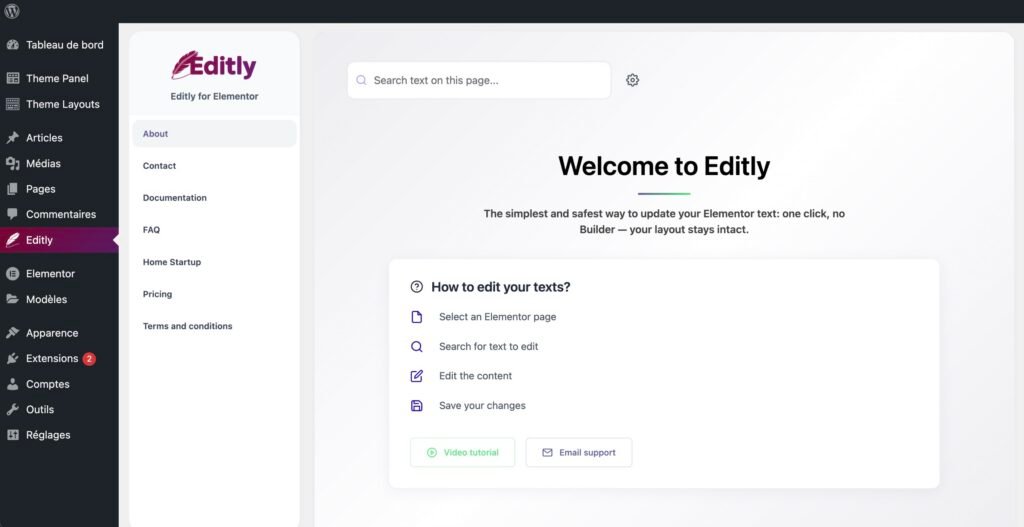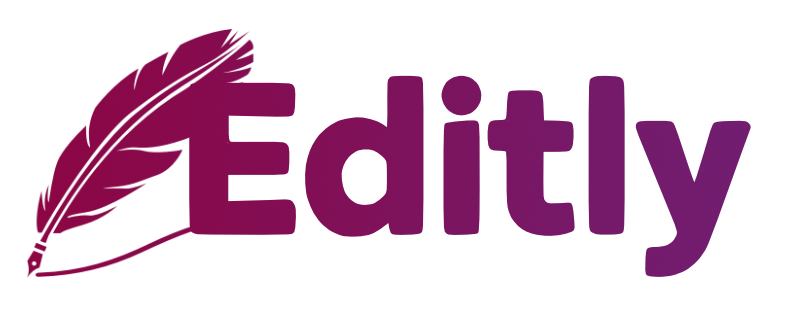How to Deliver a WordPress Site Clients Won’t Accidentally Break
You’ve crafted the perfect WordPress site. The layout is crisp, the mobile version sings, and the content is spot-on. You’re ready to hand it off to the client… and then the fear sets in. What happens when they log in?
If you’ve ever been called at 8:00am because a client “lost the homepage,” you know exactly what’s at stake. So how do you deliver a beautiful, functional Elementor-based site that stays safe — even after the handover?
1. Use the right user role — never give admin by default
We get it. It’s tempting to give your client full admin access “just in case.” But unless they truly need to manage plugins, themes, or users, it’s unnecessary — and risky.
Start with the Editor role. It gives access to content without opening the door to settings they shouldn’t touch. For more control, you can create a custom role or use a plugin like User Role Editor.
2. Clean up the dashboard
The default WordPress admin can be overwhelming, even for tech-savvy users. Hide unnecessary menu items, rename labels, and simplify the layout using a plugin like Admin Menu Editor.
Pro tip: Add your logo to the login screen and dashboard with White Label CMS for a polished, branded experience.
3. Limit Elementor access — or eliminate it entirely
Giving a non-technical client access to Elementor is like handing them a loaded paintball gun in a museum. One accidental drag-and-drop, and your layout is toast.
Instead, consider solutions that allow clients to safely edit just the content — not the structure.
🛡️ Enter: Editly
Editly is a backend text editor made specifically for Elementor websites. It lets clients edit headlines, paragraphs, buttons, and other text-based content without ever opening the builder. No risk of breaking styles or layout. It’s like Elementor… with safety rails.

4. Disable file editing from the dashboard
Even if your client doesn’t know what functions.php is, it’s best to disable file editing altogether. Add this to your wp-config.php:
define( 'DISALLOW_FILE_EDIT', true );This prevents users (even admins) from accessing theme/plugin editors directly from the dashboard — a common point of failure.
5. Set up automatic backups
Use plugins like UpdraftPlus or Jetpack Backup to automatically back up your site daily or weekly.
This ensures that if something goes wrong (human error, plugin conflict, etc.), recovery is painless — for both you and the client.
6. Document everything — clearly
Even if your client isn’t a tech expert, they’ll appreciate clear documentation. Create a simple guide that explains how to log in, edit text, upload media, and contact support.
If you’re using Editly, link directly to your Editly WP documentation page to walk them through text editing in a safe environment.
7. Offer a care plan — but make it optional
Not every client will sign up for ongoing support, but offering a care plan with updates, backups, and priority support gives them peace of mind. And if they decline? At least you’ve made the boundaries clear.
Optional screenshot: Sample care plan offer page, with clear monthly deliverables listed.
Your goal as a freelancer or agency isn’t just to build a great site — it’s to deliver one that stays great even when you’re not around. Smart user roles, cleaner dashboards, automated safeguards, and tools like Editly all help ensure that what you deliver doesn’t end up in your support inbox a week later.
Because a site that doesn’t break… is a client who keeps coming back.
